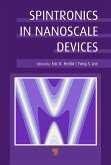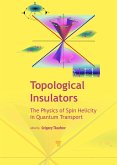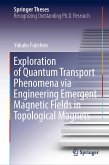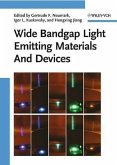This book is focused on the spintronic properties of III-V nitride semiconductors. Particular attention is paid to the comparison between zinc blende GaAs- and wurtzite GaN-based structures, where the Rashba spin-orbit interaction plays a crucial role in voltage-controlled spin engineering. The book also deals with topological insulators, a new cla
Dieser Download kann aus rechtlichen Gründen nur mit Rechnungsadresse in A, B, BG, CY, CZ, D, DK, EW, E, FIN, F, GR, HR, H, IRL, I, LT, L, LR, M, NL, PL, P, R, S, SLO, SK ausgeliefert werden.









